IMMORTALITY
A scene selector in Immortality shows a variety of films and footage involving the main cast of characters
Image: Half Mermaid Productions via Polygon

Immortality is best experienced with only a vague understanding of what you’re in for beyond its central mystery: What happened to the infamous actress Marissa Marcel?
Players unravel this mystery by watching movie clips, rehearsals, and other pieces of cinematic ephemera from her three fictional films.
Scrolling back and forth through the footage is intentionally made to echo the feeling of working with film in an old flatbed editor (this is best experienced with a controller’s force feedback), which gives the superbly acted clips an even more tactile feel. Immortality’s truly impressive technical achievement is that players can hop between clips by quite literally clicking on just about anything in the camera’s focus to be almost instantly brought to another clip containing that object. It’s magical moving between clips this way, and you’ll immediately start using it to track down cast and crew and any props that give off a Chekhovian vibe.
What eventually becomes apparent is that Immortality is about more than just the fraught story of an enigmatic muse. While its semi-random method of storytelling can leave some of its deeper themes frustratingly difficult to piece together, discovering what’s really hiding in Immortality is an experience unrivaled this year. —Clayton Ashley
POINPY
Created by Downwell developer OjiroFumoto, Poinpy is a non-serious action-platformer where you slingshot a little green bird upward in an effort to collect fruit for a hungry monster. A mobile game that’s free for Netflix subscribers, Poinpy comes from a long line of endless mobile platformers, like Papi Jump or Doodle Jump. It exudes a polish well beyond anything else I’ve played in the genre, and boasts some of the best platforming in a game this year. It’s a delightful and smooth experience and one of my go-to recommendations to people looking for an approachable but challenging game. —Ana Diaz
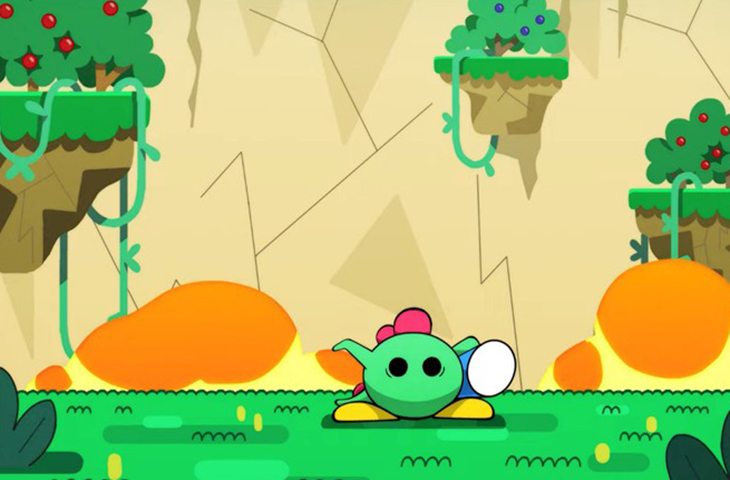
TINYKIN
Tinykin’s ideas aren’t original, but the execution and visual style make it an absolute delight. The little critters you control (the titular Tinykin) help you solve puzzles with their unique abilities. But the best part of Tinykin is that it’s completely free of combat; there are no enemies or bosses to fell. Your only goal is to explore this gigantic world and collect things. The result is the most peaceful and meditative video game I’ve played all year, and one I intend to revisit the next time I’m feeling overwhelmed. —Ryan Gilliam
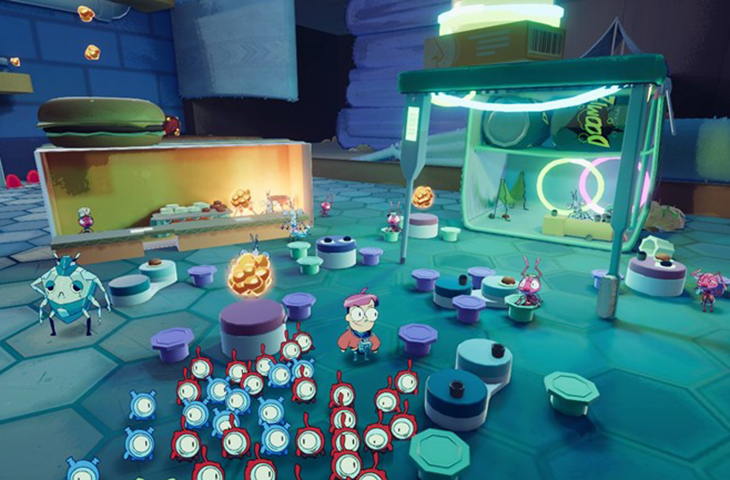
MONSTER HUNTER RISE: SUNBREAK
Last year’s Monster Hunter Rise was an excellent addition to the long-running franchise, and this summer’s expansion, Sunbreak, built upon its solid foundation to bring new, more varied monsters to the title, alongside some truly beautiful locations.
In our review, we criticized Sunbreak for hiding too much of its new stuff behind old, familiar monsters. But that flaw doesn’t take away from the incredible gameplay added with Sunbreak’s variety of new moves and bosses. Rise’s incredible Wirebug gets some major upgrades in the expansion, making mobility an even more important part of combat.
There are also some fun additions, like co-op hunts with AI, where some story-specific characters can occasionally join you on a hunt.
For solo players, this helps bring the social aspect of the game out — even if you’re “socializing” with a computer. And it’s a real blast when your AI disappears for a moment only to return riding a giant beast to help you take down your target.

SERIAL CLEANERS
Serial Cleaners hones in on my favorite aspect of stealth games: the gratification of moving unseen through a space in which you don’t belong, but nonetheless command power over. Players assume the role of a crew of misfit crime-scene cleaners celebrating the new year and reminiscing over their decade together disposing of bodies for the mob. Draw Distance’s sequel to its 2017 stealth-action game Serial Cleaner is an improvement on the original in every way, trading the simplified pop-art aesthetic and obtuse mechanics for a 3D third-person perspective and art style influenced by the works of Jean-Michel Basquiat and the counterculture of the ’90s.
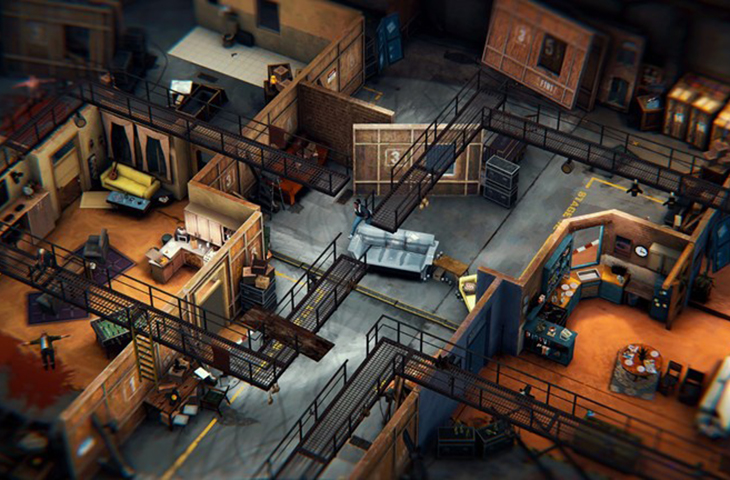
Every level emphasizes a range of dynamic approaches and challenges, be it stealthily distracting police officers so you can quickly vacuum up a blood spill, hacking camera systems and lights so you can skulk undetected to scoop up a corpse, or even whipping out a chainsaw to dismember bodies and frighten onlookers into fainting before nonviolently disposing of them as well.
GHOSTWIRE: TOKYO
As a rare open-world first-person action game out of Japan, Ghostwire: Tokyo’s structure feels a bit familiar, but its combat and environmental design give it an identity few games can match.
Rarely has it been so fun to walk around Tokyo, looking at the world around you and pulling the cores out of enemies while flailing your hands around in unique poses. It’s been more than six months since I’ve played the game, and I can still feel the “snap” effect when grabbing a core.
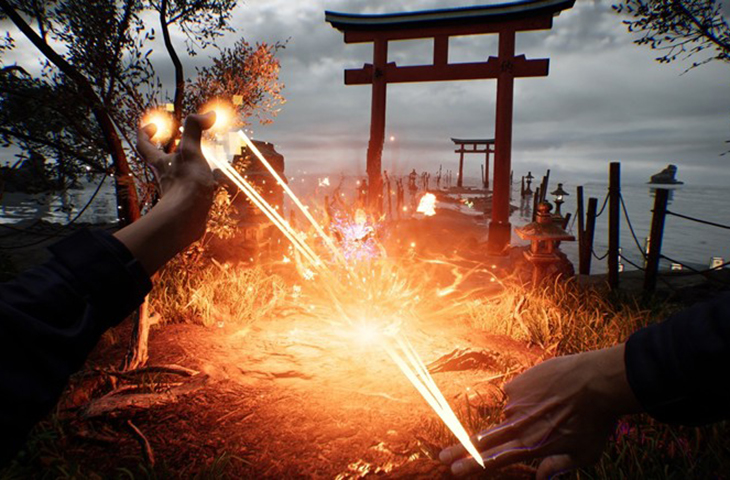
TINY TINA’S WONDERLANDS
With Tiny Tina’s Wonderlands, it feels as if Borderlands’ developers are finally comfortable letting go, and the results speak for themselves. Wonderlands is a joyful romp through tabletop-RPG-inspired worlds, with seemingly minor tweaks that create huge ripples in the series’ “Diablo meets guns” formula.
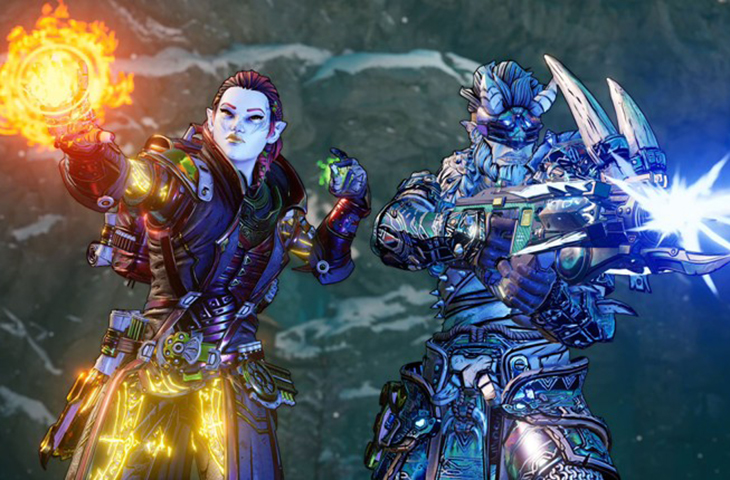
I WAS A TEENAGE EXOCOLONIST
This coming-of-age game meshes excellent writing with responsive deck-builder gameplay and a stellar Groundhog Day mechanic. You play as a colonist on a foreign planet, growing up from age 10 to 20. Your choices — from what to focus on, whether it be studies or exploration, to who you befriend and romance — inexorably change the arc of the story. You’ll face harrowing challenges, like volatile wildlife and other existential threats. Each future playthrough gives you a chance to change outcomes big and small, like who you befriend, and even who lives and dies.

ROLLERDROME
Set in a fascist police state, Rollerdrome can be billed as an arena shooter set on roller skates. Others have called it “Tony Hawk’s Pro Skater with guns.” I’m here to tell you that firing off a grenade launcher while coming down from a 360-rotational backflip is fun as hell, no matter what you call it.

HORIZON FORBIDDEN WEST
The sequel to 2017’s excellent postapocalyptic Horizon Zero Dawn is already one of the year’s best. Horizon Forbidden West takes so much of what made the first game great and gives players more to work with: more settlements, weapons, and traversal options. It starts a bit slow, and can take a while to introduce some of its more creative gadgets — but it gets better and better as you unlock more tools for your arsenal.

POKÉMON SCARLET AND VIOLET
They’re buggy. They’re broken. They certainly didn’t do as much to evolve the franchise as that other Pokémon game that came out this year. And yet, Pokémon Scarlet and Violet have proven irresistible. The full open world — a first for the series — is a delight to get lost in. The array of available Pokémon is exquisitely curated, a mix of favorites from past games alongside some truly inspired newcomers.

METAL: HELLSINGER
Come on, it’s Doom plus Guitar Hero! What’s not to like? The rhythm-based first-person shooter gives you a sword and a ton of loud guns, then tasks you with killing a bunch of demons. Fundamentally, it plays a lot like the recent Doom reboots, in that survival is contingent on constant movement. If you want to deal any meaningful damage to foes, though, you’ll need to line up your shots with the beat.
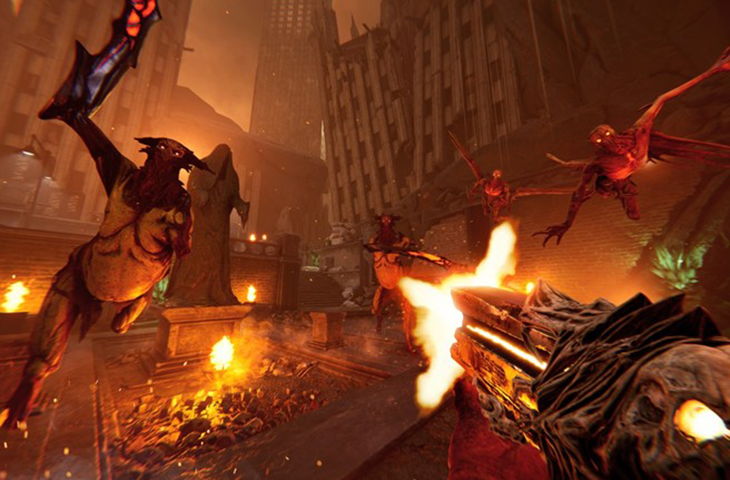
LEAGUE OF LEGENDS (SEASON 12)
The enduring appeal of League of Legends is one of the most impressive long-term storylines in gaming, and one that goes under-discussed just because of how reliable it is. But more than a decade on, League is still going strong as a competitive game to play by yourself or (even better) with friends, and Season 12 has been one of the strongest efforts yet.

The game has added five new champions — Zeri, Renata Glasc, Bel’Veth, Nilah, and K’Sante — and updated a whole host of others (including the long-awaited revamped Udyr). But what stood out to me about this season is how consistently flexible it was, at every position. More than in previous seasons, this year in League felt like just about every play style and champion was a viable path to victory, and that made it all the more fun.
SPLATOON 3
Splatoon 3 showed us that it’s still fun to drench our enemies in paint. The frenetic, ink-fueled shooter from Nintendo returned for its third installment this year, and came back to us as vivid as ever.













